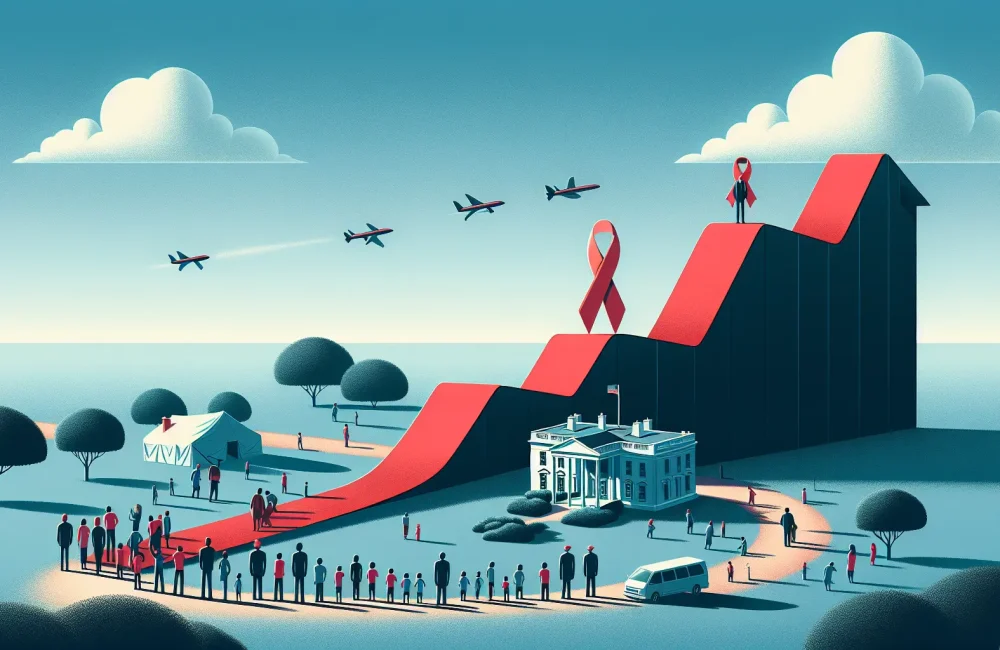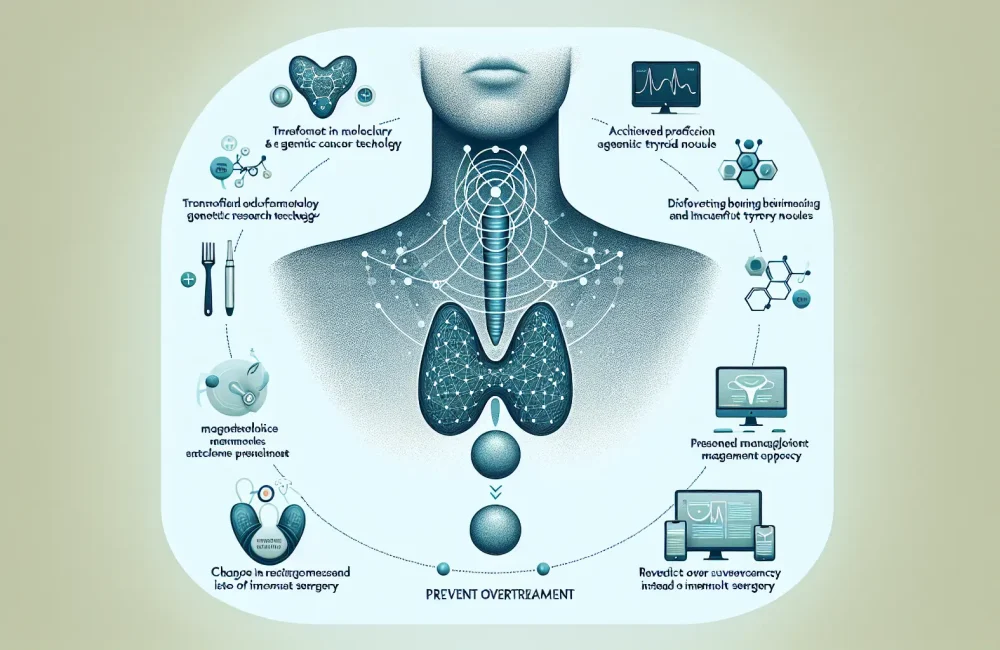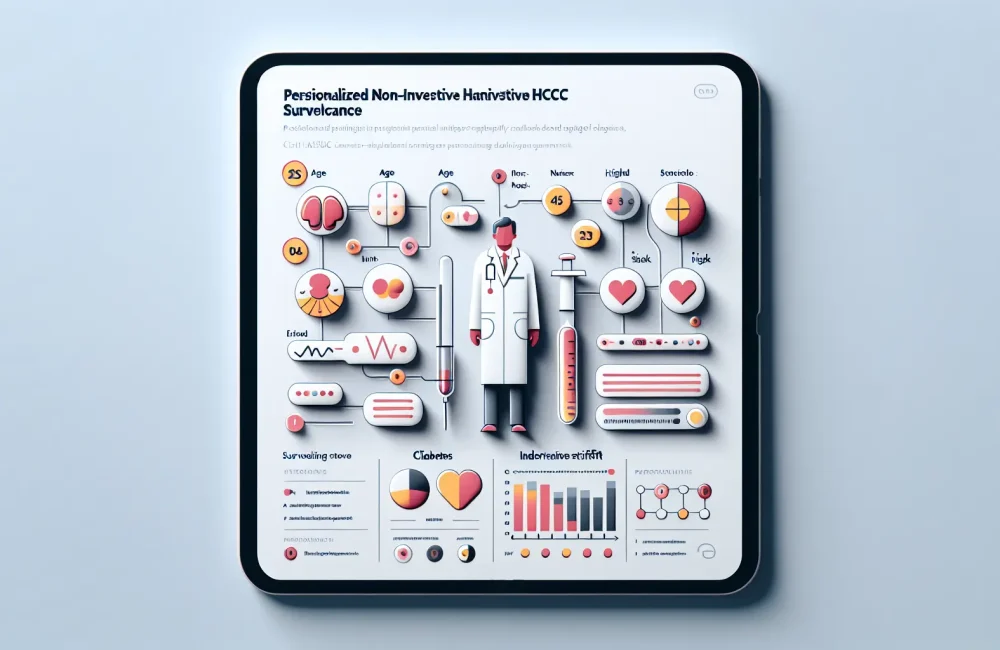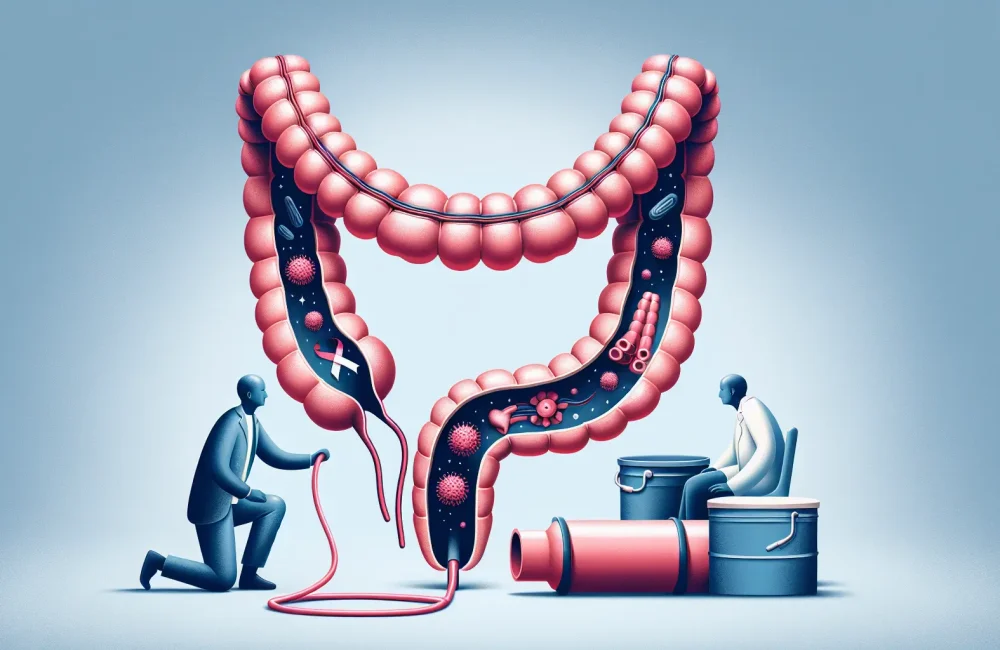By CAFMI AI From JAMA
Impact of PEPFAR Funding Cuts on Pediatric HIV Rates
The U.S. President’s Emergency Plan for AIDS Relief (PEPFAR) has been a cornerstone in the global fight against HIV, with a significant impact on reducing pediatric HIV cases worldwide. Recent budget discussions highlight potential reductions in PEPFAR funding, which have prompted serious concerns among healthcare professionals and policymakers. This study uses epidemiological modeling to project the consequences of such funding cuts on new pediatric HIV infections over the next decade. According to the model, a reduction in funding could result in more than one million new pediatric HIV cases globally within ten years. This projection reflects diminished access to crucial services including antiretroviral therapy, prevention programs targeting mother-to-child transmission, and the overall support for healthcare infrastructure required to manage and curtail new infections. The findings emphasize that sustained investment in PEPFAR is essential to maintaining the progress achieved to date in pediatric HIV prevention and treatment. The potential reversal of these gains due to funding cuts poses a significant public health challenge that must be addressed to protect vulnerable pediatric populations worldwide.
Clinical Implications and Healthcare System Impact
From a clinical perspective, the predicted surge in pediatric HIV cases due to reduced PEPFAR funding carries significant implications for healthcare providers, especially those in primary care and pediatric specialties. Access to antiretroviral therapy (ART) is a cornerstone of effective HIV management, particularly in children where early intervention can dramatically improve survival and quality of life. If funding cuts lead to diminished ART availability, clinicians may see increased rates of opportunistic infections, HIV-related complications, and mortality in pediatric populations. Additionally, prevention of mother-to-child transmission (PMTCT) programs, which have been highly effective in reducing new infections, could face operational challenges. This would necessitate enhanced surveillance and screening protocols in clinical settings to identify new HIV cases promptly. Healthcare systems in affected regions may also experience increased strain, requiring adjustments in workflows and resource allocation to manage rising patient loads. For U.S.-based clinicians, awareness of global HIV trends and their potential impacts on immigrant and refugee populations is crucial for ensuring appropriate care and counseling.
Strategies to Mitigate the Impact of Funding Cuts
To address the potential negative effects of PEPFAR funding reductions, several strategies can be employed. Strengthening local healthcare infrastructures and integrating HIV services into existing primary care frameworks can enhance sustainability despite funding constraints. Expanding community-based prevention and treatment programs may improve outreach and adherence, especially in hard-to-reach populations. International collaborations and partnerships with non-governmental organizations can provide supplementary resources and technical support. Additionally, advocating for sustained or alternative funding sources is critical to maintaining effective HIV prevention and treatment programs for children and mothers. Research into cost-effective interventions and innovative delivery models, such as task-shifting and telemedicine, may also help optimize outcomes in resource-limited settings. These approaches collectively aim to preserve the significant progress made in pediatric HIV care in the face of financial challenges.
Read The Original Publication Here






